Healthy Beverages for a Healthy you!
In today’s fast-paced world, as people become more conscious of their well-being, the demand for healthy beverage options has soared. From traditional favorites to modern concoctions, the healthy beverage landscape has witnessed a shift towards drinks that not only quench thirst but also provide a myriad of health benefits. Let’s explore these trendy and health-packed beverages that are taking the world by storm.
- Turmeric Latte:
-
- One such rising star in the world of wellness beverages is the Turmeric Latte. Turmeric lattes, also known as “golden milk,” have gained immense popularity for their vibrant color and numerous health benefits. The key ingredient, turmeric, contains curcumin, a powerful anti-inflammatory compound. This beverage is not only delicious but also known for its potential to boost immunity and promote overall well-being.
- Matcha Madness:
-
- Matcha, finely ground green tea powder, has become a staple in many health enthusiasts’ routines. Packed with antioxidants, matcha offers a sustained energy boost without the jitters associated with coffee. Its vibrant green color and earthy flavor make it a trendy choice for those seeking a balance of taste and health benefits.
- Kombucha Craze:
-
- Kombucha is a fermented tea that has taken the beverage world by storm. This effervescent drink is rich in probiotics, promoting gut health and aiding digestion. With various flavors and a slightly tangy taste, kombucha has become a favorite among those looking to incorporate more probiotics into their diet.
- Infused Water:
-
- While not a new concept, infused water has evolved beyond a simple lemon slice in recent years. From cucumber and mint to berries and herbs, infused water offers a refreshing twist to staying hydrated. These combinations not only make water more palatable but also provide a burst of vitamins and antioxidants.
- Adaptogenic Elixirs: Stress-Busting Beverages
- Adaptogens, herbs known for their stress-relieving properties, have found their way into various beverages. Adaptogenic elixirs combine these herbs with other beneficial ingredients to create calming drinks. Ingredients like ashwagandha and holy basil are believed to help the body adapt to stress and maintain balance.
The world of healthy beverages has expanded far beyond traditional options. From the anti-inflammatory properties of turmeric lattes to the probiotic richness of kombucha, there’s a wellness drink for every taste bud. As the trend towards healthier living continues, these beverages not only provide hydration but also serve as a delightful way to support overall well-being. So, why not sip your way to wellness and embrace the goodness that these trendy beverages have to offer? Cheers to a healthier, happier you!
If you want more guidance on nutrition and what you need to do to manage your health, email Jalpa to set up a consultation!
Jalpa is a registered dietitian and nutritionist with a Master’s degree in Health & Nutrition from Brooklyn College, CUNY in New York. She also holds a Certificate of Training in Adult Weight Management through the Academy of Nutrition & Dietetics, CDR.
Related Articles:






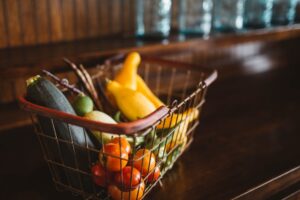 3. Controlling Diabetes through Diet
3. Controlling Diabetes through Diet 3. Weight Management and Exercise
3. Weight Management and Exercise

 Deciphering Food Labels: What to Look For
Deciphering Food Labels: What to Look For






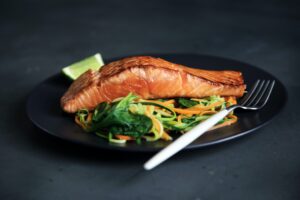 So, make a list of a few protein sources you like, a few carb sources, and a few fat sources. Use these to piece meals together. You can even bulk prep, and save time as well. For example, prepare a large batch of shredded chicken and ground turkey. Don’t season it until you’re ready to eat – that way, you can change the seasonings or sauce for each meal and not have to eat the exact same thing every day. Next, prep a large batch of rice or sweet potatoes, and have some tortillas on hand. For your fat sources, you could use olive oil and avocados. Now that all of these macronutrients are prepped, you can throw dinner or lunch together in a matter of minutes. And you can mix and match so that you’re not getting bored with what you’re eating. One day can be ground turkey tacos with avocado, one day can be shredded chicken tacos, and one day can be ground turkey rice bowls with any veggies that you like. If you stick to bulk prepping the three main macronutrients, you can eat very healthily on a budget.
So, make a list of a few protein sources you like, a few carb sources, and a few fat sources. Use these to piece meals together. You can even bulk prep, and save time as well. For example, prepare a large batch of shredded chicken and ground turkey. Don’t season it until you’re ready to eat – that way, you can change the seasonings or sauce for each meal and not have to eat the exact same thing every day. Next, prep a large batch of rice or sweet potatoes, and have some tortillas on hand. For your fat sources, you could use olive oil and avocados. Now that all of these macronutrients are prepped, you can throw dinner or lunch together in a matter of minutes. And you can mix and match so that you’re not getting bored with what you’re eating. One day can be ground turkey tacos with avocado, one day can be shredded chicken tacos, and one day can be ground turkey rice bowls with any veggies that you like. If you stick to bulk prepping the three main macronutrients, you can eat very healthily on a budget.  By buying food in bulk, and cooking it at home, you’ll be able to stick to your budget but still enjoy healthy food. With the plan listed out in tip #1, cooking at home doesn’t have to be time consuming or even hard. You don’t need master cooking skills to bulk prep rice and meat. The key is making food you like, and making it taste good. Keep the base ingredients simple – protein, carbs, and veggies – and then spice up each meal with different low calorie sauces or spices. Making it flavorful will keep you from getting bored with eating at home, which in turn, keeps your budget in check.
By buying food in bulk, and cooking it at home, you’ll be able to stick to your budget but still enjoy healthy food. With the plan listed out in tip #1, cooking at home doesn’t have to be time consuming or even hard. You don’t need master cooking skills to bulk prep rice and meat. The key is making food you like, and making it taste good. Keep the base ingredients simple – protein, carbs, and veggies – and then spice up each meal with different low calorie sauces or spices. Making it flavorful will keep you from getting bored with eating at home, which in turn, keeps your budget in check.  To get the best bang for your buck, you need to
To get the best bang for your buck, you need to 

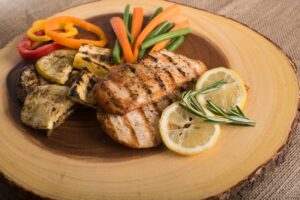 Protein transports nutrients throughout the body, regulates fluid balance, and carries enzymes that are essential for bodily functions such as digestion and blood clotting. Important, right?! A huge role protein has is acting as a messenger for hormone function. Protein amino acids tell the body when to uptake sugar into the cell (insulin), and when to build more tissue, including bone (human growth hormone).
Protein transports nutrients throughout the body, regulates fluid balance, and carries enzymes that are essential for bodily functions such as digestion and blood clotting. Important, right?! A huge role protein has is acting as a messenger for hormone function. Protein amino acids tell the body when to uptake sugar into the cell (insulin), and when to build more tissue, including bone (human growth hormone).  Carbohydrates often get a bad rap for making people gain weight. But that is only true if they are overconsumed. If you are an athlete or have a very active job such as a nurse or construction worker, carbs will fuel the energy you need to perform well. Focus on high fiber, unprocessed carbs for the best results.
Carbohydrates often get a bad rap for making people gain weight. But that is only true if they are overconsumed. If you are an athlete or have a very active job such as a nurse or construction worker, carbs will fuel the energy you need to perform well. Focus on high fiber, unprocessed carbs for the best results. 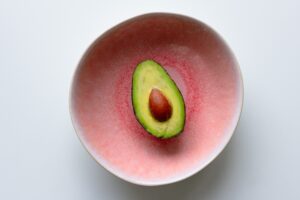
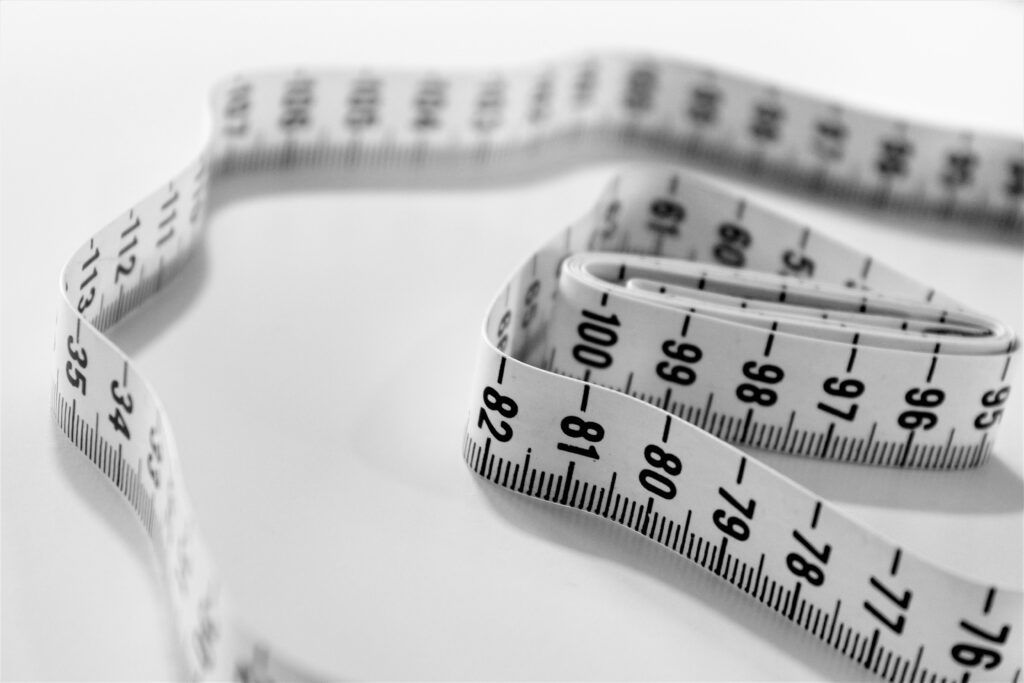


 The Power of Exercise Routine
The Power of Exercise Routine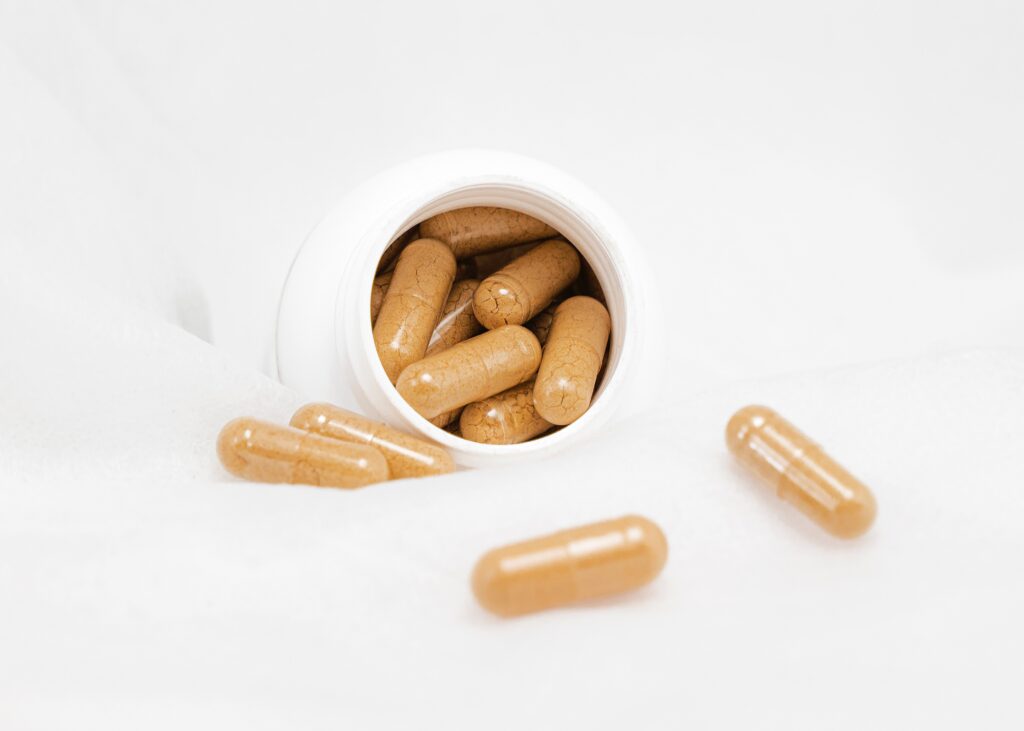

 Essential Nutrient: Omega-3s
Essential Nutrient: Omega-3s

 Examples of some easy swaps:
Examples of some easy swaps:  When you do drink the water you need, the body can run much more efficiently. Motivation will be up, and you’ll want to put in the work to be healthy. Something as simple as getting your water in can keep you on the right path to a healthy lifestyle. A great goal to start with is half your body weight in ounces.
When you do drink the water you need, the body can run much more efficiently. Motivation will be up, and you’ll want to put in the work to be healthy. Something as simple as getting your water in can keep you on the right path to a healthy lifestyle. A great goal to start with is half your body weight in ounces. 